
Gary Seronik
This item is posted on the Sky & Telescope web site. You can read it by clicking here.
A place for night sky enthusiasts

This item is posted on the Sky & Telescope web site. You can read it by clicking here.
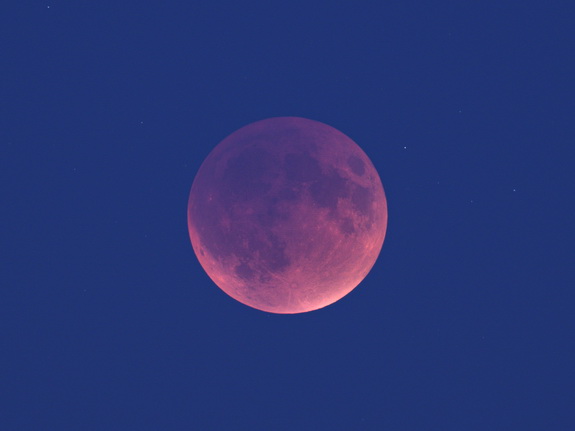
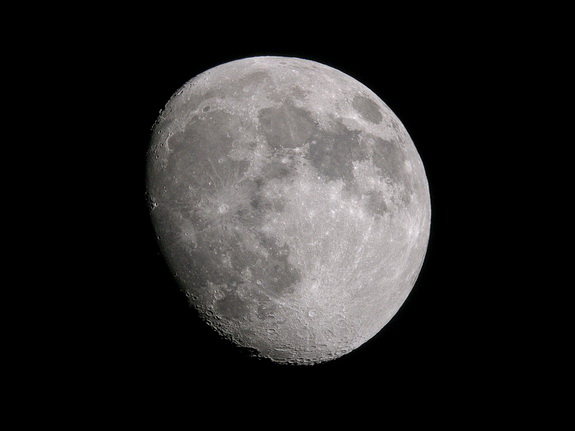
The bright crater Aristarchus is positioned near the terminator in this photo of a gibbous Moon.
Aristarchus is one of the most interesting craters on the lunar surface. It’s an eye-catchingly bright 40-kilometre-wide impact crater situated on the Aristarchus Plateau — the surrounding diamond shaped area.
Continue reading “Exploring Aristarchus”

The Moon approaches first-quarter phase in a deep blue twilight sky.
When the Moon is nearly at first-quarter phase, the terminator sweeps across some of the most unusual lunar terrain. Aim your telescope toward the region lying between little Mare Vaporum, and the expanse of Mare Tranquillitatis. There you’ll find oddly furrowed features and a couple of badly beat up craters.
Continue reading “Exploring Imbrium Debris”
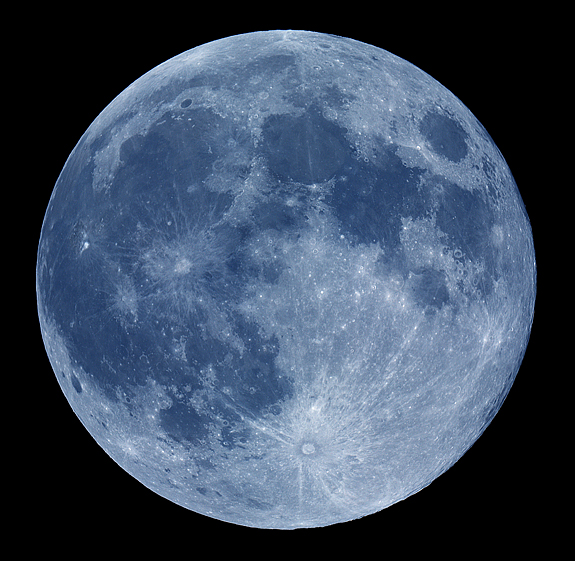
Whenever there’s a second full Moon in a month, the phrase “Blue Moon” gets a real work out in the popular press and on-line. Interestingly, that definition of a Blue Moon is of surprisingly recent vintage. What’s more, it’s rooted in a mistake.
Continue reading “How Blue is the Moon”
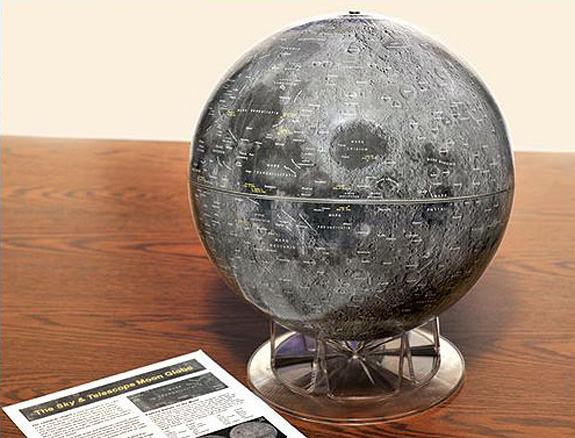
My copy of Sky&Telescope’s new Moon globe arrived recently and I’ve been enjoying it ever since. I have a special fondness for lunar cartography. I’m proud to say that I helped create both the Sky&Telescope Moon Map and Field Map of the Moon and I also got to serve as editor for Antonín Rükl’s classic Atlas of the Moon. But there’s one thing that these flat maps and even computer software can’t do very well — show you the entire Moon from any perspective quckly and easily.
Continue reading “S&T’s New Moon Globe”
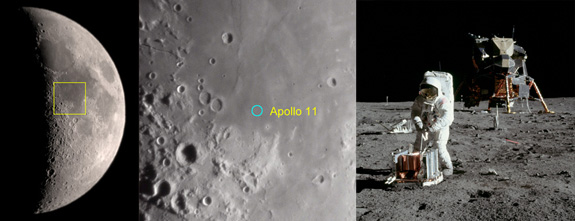
At 10:56 p.m. EDT on July 20th, 1969, Neil Armstrong set foot on the lunar surface. That small step really did represent a giant leap. Perhaps as a species, we’ll never again achieve anything quite so grand or monumental.
Continue reading “Apollo 11 On The Moon”

You can enjoy viewing the Moon with nothing more than a modest telescope equipped with a few eyepieces. Even binoculars can show a great deal. But to get the most out of your lunar explorations a few additional tools are a big help. Here are my picks of the best and most essential Moon goodies.
Continue reading “A Lunar Observer’s Toolkit”

When I was a boy growing up near the town of Cawston in the desert interior of British Columbia, the family dining-room window looked across our orchard toward the nearby hills that cradled the Similkameen Valley. These were grey sagebrush-covered mounds with gently rounded profiles like those of the mountains on the Moon.
Continue reading “From Cawston to the Moon”
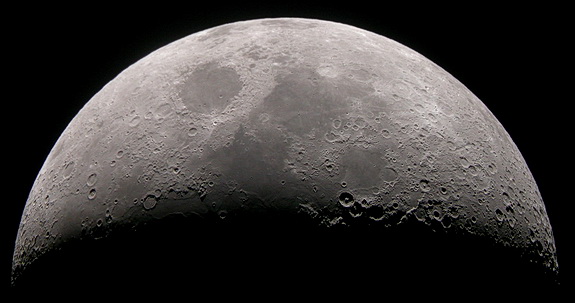
The Moon is unquestionably one of the most appealing sky sights. We’re drawn to it as though some primitive impulse from deep within rises to the surface whenever we see the lunar disk shining from the darkness, like consciousness itself. And it’s simply beautiful. No wonder it’s the subject of countless poems, the lead player in numerous nursery rhymes, and usually the very first target for a beginner’s telescope.
Continue reading “Gearing Up for a Moon Shot”